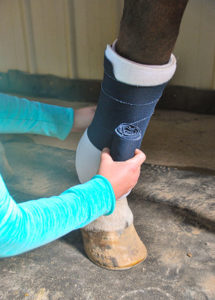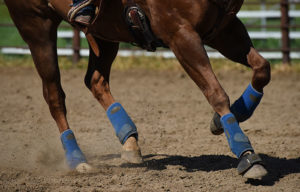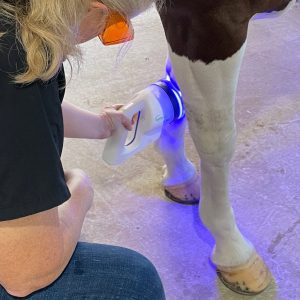Handling Dystocia on the Farm (AAEP 2011)
In an ideal world, every broodmare would foal under veterinary supervision at a clinic with the latest technology at arm’s length for correcting any potentially life threatening health emergencies. In reality equine practitioners often have to deal with dystocias–difficult births–in the field.
During a presentation at the 2011 American Association of Equine Practitioners convention, held Nov. 18-22 in San Antonio, Texas, Terry Blanchard, DVM, MS, Dipl. ACT, discussed approaches for managing dystocias in a farm setting. Blanchard, a professor of theriogenology in Texas A&M University’s Department of Large Animal Clinical Sciences, also described when and how to manage referral care. "To be able to successfully intervene in equine dystocia in a farm setting first requires an adequate understanding of normal parturition and knowledge of the causes of dystocia," Blanchard explained.
The birthing process takes place in stages, he continued. Stage 1 (marked by the start of uterine contractions and cervical dilation), which can last anywhere from 30 minutes to four hours, is when the foal moves into birthing position prior to rupture of the chorioallantois, or the fetal membrane, ("breaking water") and the actual birth. Stage 2 ("active labor") often lasts only 20 to 30 minutes and is when the foal proceeds through the birth canal and into the world.
"Suspect dystocia if either Stage 1 or 2 is prolonged or interrupted," Blanchard said. "Call in a vet for assistance. Early intervention improves the chance of success
Create a free account with TheHorse.com to view this content.
TheHorse.com is home to thousands of free articles about horse health care. In order to access some of our exclusive free content, you must be signed into TheHorse.com.
Start your free account today!
Already have an account?
and continue reading.

Written by:
Erica Larson
Related Articles
Stay on top of the most recent Horse Health news with












